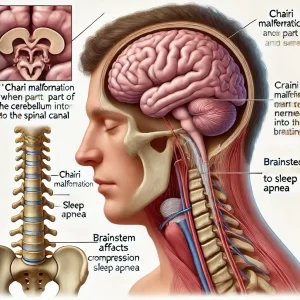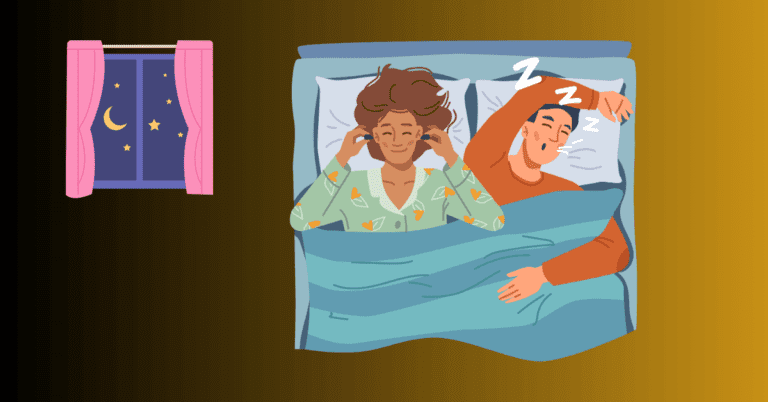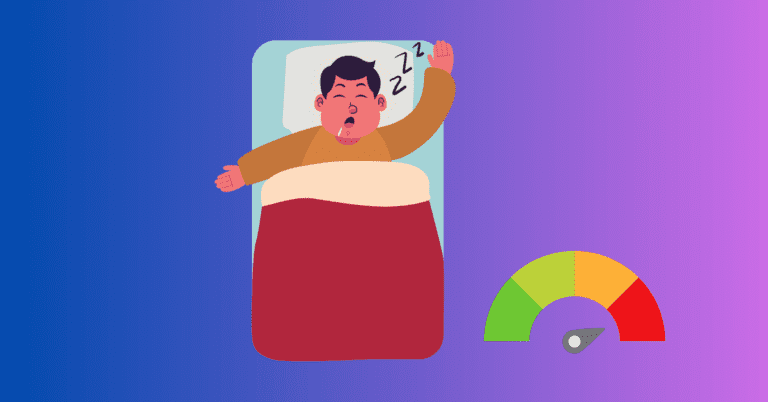Chiari Malformations: The Connection with Sleep Apnea
Chiari malformations are structural defects in the brain that can lead to a variety of symptoms, including headaches, balance issues, and even sleep disorders like sleep apnea.

While Chiari malformations are relatively rare, their connection to sleep apnea is becoming more understood, especially as both conditions can severely impact quality of life.
In this article, we’ll explore what Chiari malformations are, how they contribute to sleep apnea and the available treatment options.
What Is a Chiari Malformation?
A Chiari malformation is a condition where brain tissue extends into the spinal canal, typically due to a structural defect at the base of the skull.
Normally, the brain sits entirely within the skull, but in people with a Chiari malformation, part of the cerebellum—the part of the brain that controls balance and coordination—herniates downward through an opening in the skull called the foramen magnum.
This displacement can cause a blockage of cerebrospinal fluid (CSF) flow, compress nearby brain structures, and lead to various neurological symptoms. There are several types of Chiari malformations, classified based on the severity of the brain herniation:
- Chiari I: The cerebellar tonsils extend into the spinal canal. This is the most common type, and symptoms may not appear until later in life.
- Chiari II (Arnold-Chiari Malformation): Involves more severe herniation, including both the cerebellum and brainstem. This type is usually diagnosed in infancy.
- Chiari III and IV: Rare and severe forms involving significant brain abnormalities, often incompatible with life.
How Chiari Malformations Cause Sleep Apnea
Sleep apnea occurs when breathing is repeatedly interrupted during sleep, either due to airway blockages (obstructive sleep apnea) or a failure of the brain to signal proper breathing (central sleep apnea).
People with Chiari malformations, especially Chiari I, are more susceptible to central sleep apnea, although obstructive sleep apnea can also occur in some cases.
1. Central Sleep Apnea
In central sleep apnea, the brain temporarily fails to send the correct signals to the muscles that control breathing. This can happen in people with Chiari malformations because the herniated brain tissue compresses the brainstem, which houses the respiratory control centers. The compression or distortion of these areas can disrupt normal breathing patterns during sleep.
2. Obstructive Sleep Apnea
In some cases, obstructive sleep apnea can also be linked to Chiari malformations. The structural abnormalities may impact the airway, making it more prone to collapse during sleep. Additionally, if a patient has other conditions, such as obesity, this can further increase the risk of airway obstruction.
Symptoms of Chiari Malformations and Sleep Apnea
While Chiari malformations have their own set of symptoms, including headaches, dizziness, and balance issues, sleep apnea can add another layer of complexity to the condition.
The symptoms of sleep apnea in Chiari patients can include:
- Frequent awakenings during the night.
- Loud snoring (in obstructive sleep apnea).
- Gasping or choking during sleep.
- Daytime fatigue and sleepiness due to fragmented sleep.
- Morning headaches are also a common Chiari symptom.
- Difficulty concentrating or memory problems.
If sleep apnea is present alongside Chiari malformation, it can worsen the overall quality of life, contributing to chronic fatigue and further complicating the neurological symptoms associated with the condition.
Diagnosis of Sleep Apnea in Chiari Malformations
Diagnosing sleep apnea in patients with Chiari malformations typically involves a combination of sleep studies and imaging tests.

Because central sleep apnea may not present with the same physical blockages as obstructive sleep apnea, specialized testing is often necessary.
1. Polysomnography (Sleep Study)
A polysomnography, or overnight sleep study, is commonly used to diagnose sleep apnea. This test monitors breathing patterns, brain activity, oxygen levels, and other vital signs during sleep.
It can help determine whether the patient is experiencing obstructive sleep apnea or central sleep apnea and how severe the condition is.
2. Magnetic Resonance Imaging (MRI)
An MRI scan is used to confirm the presence of a Chiari malformation and assess the degree of herniation or brainstem compression. In patients with both Chiari malformations and sleep apnea, imaging can help identify how much the brainstem is being affected, which could influence treatment decisions.
Treatment Options for Chiari Malformations and Sleep Apnea
The treatment for Chiari malformation-related sleep apnea depends on the severity of both conditions. Managing sleep apnea in Chiari patients often involves addressing the underlying brain abnormality.
1. Surgical Treatment
For patients with significant brainstem compression or symptoms caused by cerebrospinal fluid buildup, surgery may be necessary to relieve pressure on the brain and improve the flow of cerebrospinal fluid. The most common surgery for Chiari malformations is called posterior fossa decompression, where part of the skull is removed to make more space for the brain.
In some cases, treating the Chiari malformation surgically can reduce or eliminate central sleep apnea. However, surgical intervention is usually only considered when symptoms are severe and significantly impacting the patient’s quality of life.
2. CPAP Therapy
If obstructive sleep apnea is present, Continuous Positive Airway Pressure (CPAP) therapy may be recommended. CPAP uses a machine that delivers air pressure through a mask to keep the airway open during sleep, reducing the likelihood of airway collapse and improving breathing.
3. Adaptive Servo-Ventilation (ASV)
For central sleep apnea, an adaptive servo-ventilation ASV machine may be used. This device adjusts the pressure based on the patient’s breathing pattern, helping to stabilize breathing and prevent apneas.
4. Medications and Lifestyle Changes
In some cases, medications can be prescribed to help manage symptoms of Chiari malformations or improve sleep quality. Lifestyle changes, such as weight management, can also help reduce the risk of obstructive sleep apnea, especially in those who are overweight or obese.
Conclusion: The Connection Between Chiari Malformations and Sleep Apnea
The relationship between Chiari malformations and sleep apnea highlights the complex nature of brain structure abnormalities and their impact on breathing.
Chiari malformations can cause both obstructive and central sleep apnea, depending on how the brain and brainstem are affected. Recognizing the symptoms of sleep apnea in patients with Chiari malformations is crucial, as untreated sleep apnea can further complicate an already challenging condition.
For those diagnosed with Chiari malformations who experience symptoms of sleep apnea, early diagnosis and appropriate treatment are essential. Whether through surgical intervention or sleep apnea therapy, addressing both conditions can lead to significant improvements in quality of life.
Thanks for taking the time to read my article on Chiari malformations and sleep apnea. Any questions? please ask below.





